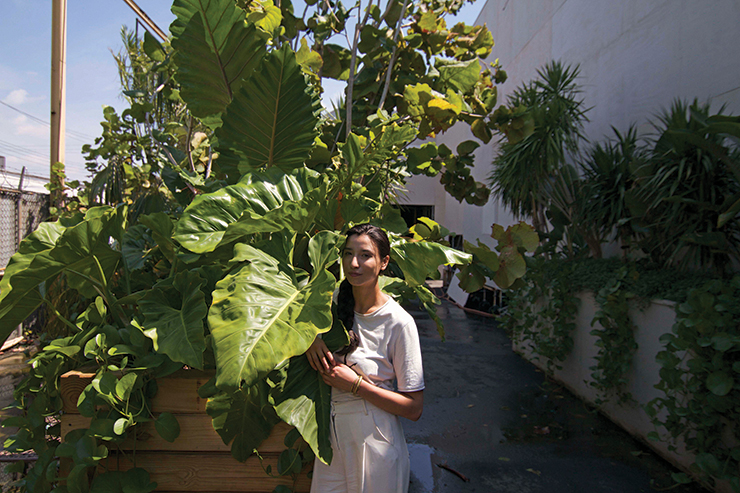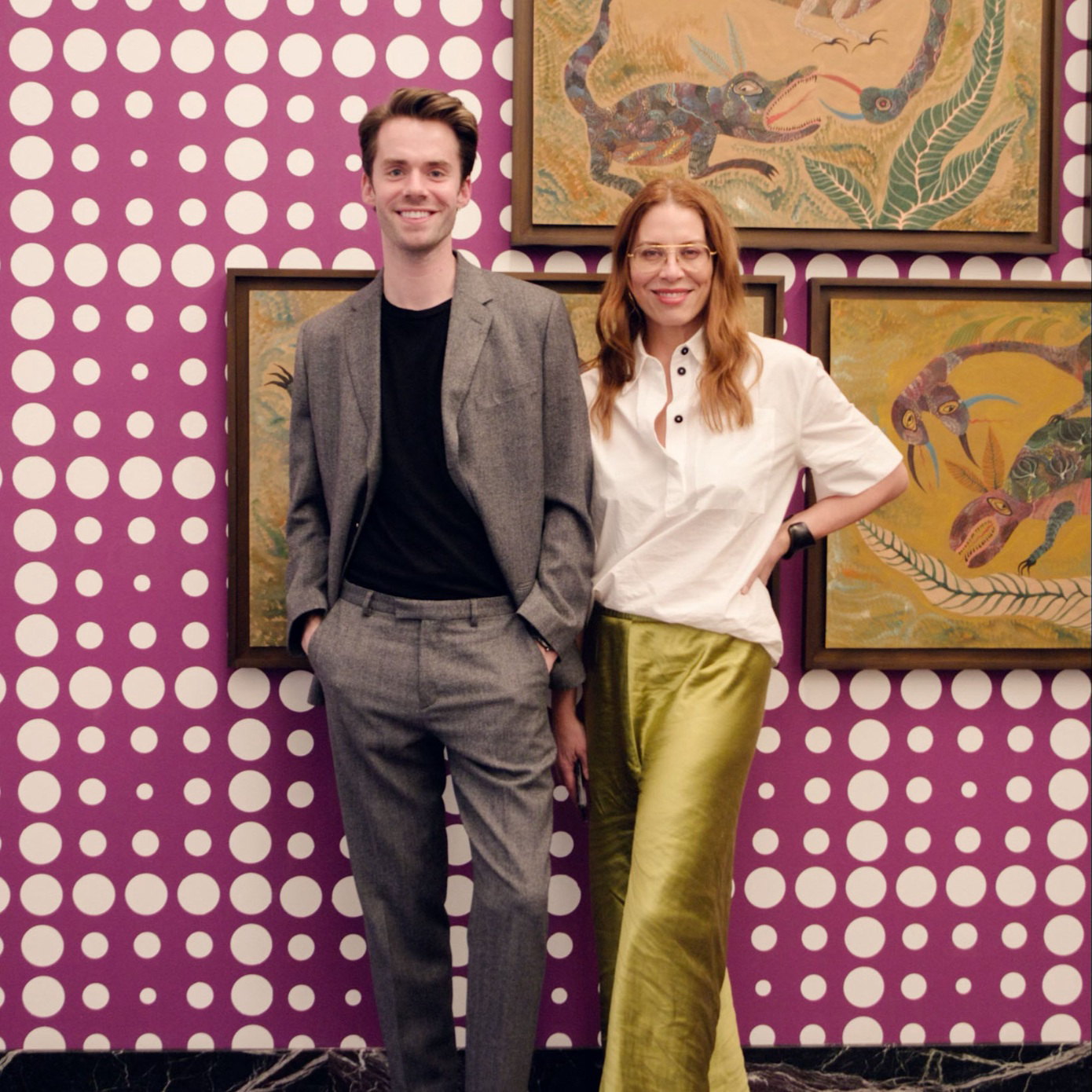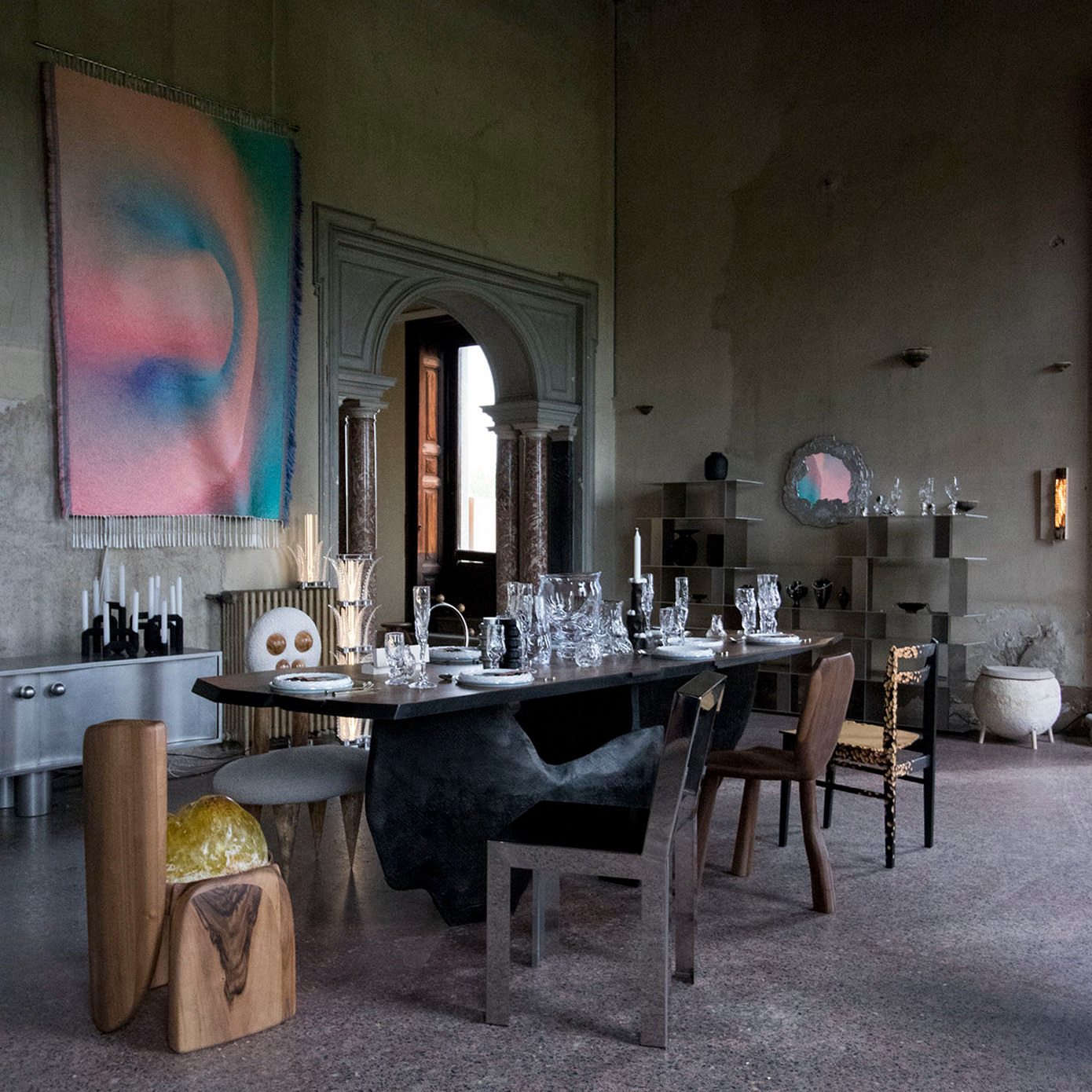
In March, I was appointed landscape designer for a 120,000-square-foot outdoor music venue in industrial Brooklyn. The Brooklyn Mirage is the brainchild of Cityfox Experience co-founders Billy Bildstein and Philipp Wiederkehr.
By May, we had installed seven truckloads of over 12,000 tropical plants and the doors opened to the public. Since then, the space has been shut down by city officials. I sat down with architect Marc Dizon to discuss his design vision, nightlife and why Bushwick is the next TriBeCa.
Lily Kwong: What is Cityfox and the Brooklyn Mirage?
Marc Dizon: Cityfox is an immersive experience. It’s collective: sight, sound, smell, body, feeling. It’s not just about the music, but also art and architecture. For the Mirage, we created a vessel to transport patrons out of Bushwick. We rode the line between something nostalgic and something futuristic. Architecturally, it was our answer to creating something monumental.
Where did you draw your inspiration from? Sol LeWitt for fine line work and patterning. Richard Serra for the bigger spatial pieces and architects like Carlo Scarpa and Frank Lloyd Wright—the masters that I admire.
What did it feel like seeing thousands of people interacting with the space for the first time? People were… gobsmacked. It was a rewarding feeling to see them react that way. New Yorkers think they’ve seen it all. From above, I almost pictured the early Oaxacan days of festivals and sacrifices. The assembly of people around music has been around since the dawn of time.
The Mirage was shut down in May and hasn’t re-opened. What’s going on? The city wasn’t expecting such a monumental project to happen. With any push to break boundaries there’s going to be resistance. Pretty soon, Bushwick is going to become TriBeCa in the ’80s—a gritty, art-centric space.

Is there a Dizon Collective signature? There’s a three-dimensional graphic patterning that’s prevalent in everything I do. It’s funny: As a kid I always had a fascination with Fabergé eggs. At architecture school, part of my thesis was about the geometries within the mundane. Everything has a certain cellulose that makes up that form. My thing has always been to expose that cellulose into spaces.
What’s a dream project for you? My perfect dream project is to create a space where I can unplug.
That’s a life project! It is! It’s a very big project and it’s something I’ve been working on. What about you, why landscape?
My great-great-grandfather from Shanghai was a successful herbalist. I look at my hands and feel like it’s in the blood. I’ve always had an intuitive connection with plants, especially growing up in Northern California. My life opened up from working with nature and I love how multidisciplinary landscape design is.
You’re building a community of herbs, of plants.
We created a thriving ecosystem at the Mirage. It feels like the most valuable thing you can do for cities is to reintroduce nature into the built environment.
It’s at the forefront of consciousness right now. We’re at a point where we’re overbuilding our society with architecture. I enjoy what I do, but I dislike how certain things are developed. Living plant life should become a part of what we build, not just as a decorative element but as a part of the whole.
That’s the architecture of the future. I love that about the Mirage. The plants are so integrated into the structures. There are huge vertical walls and the palm trees mirror the architecture of the buildings.
When you’re there for an event, you can see everything swaying. It’s like the plants are enjoying the environment, and everything is as one.



